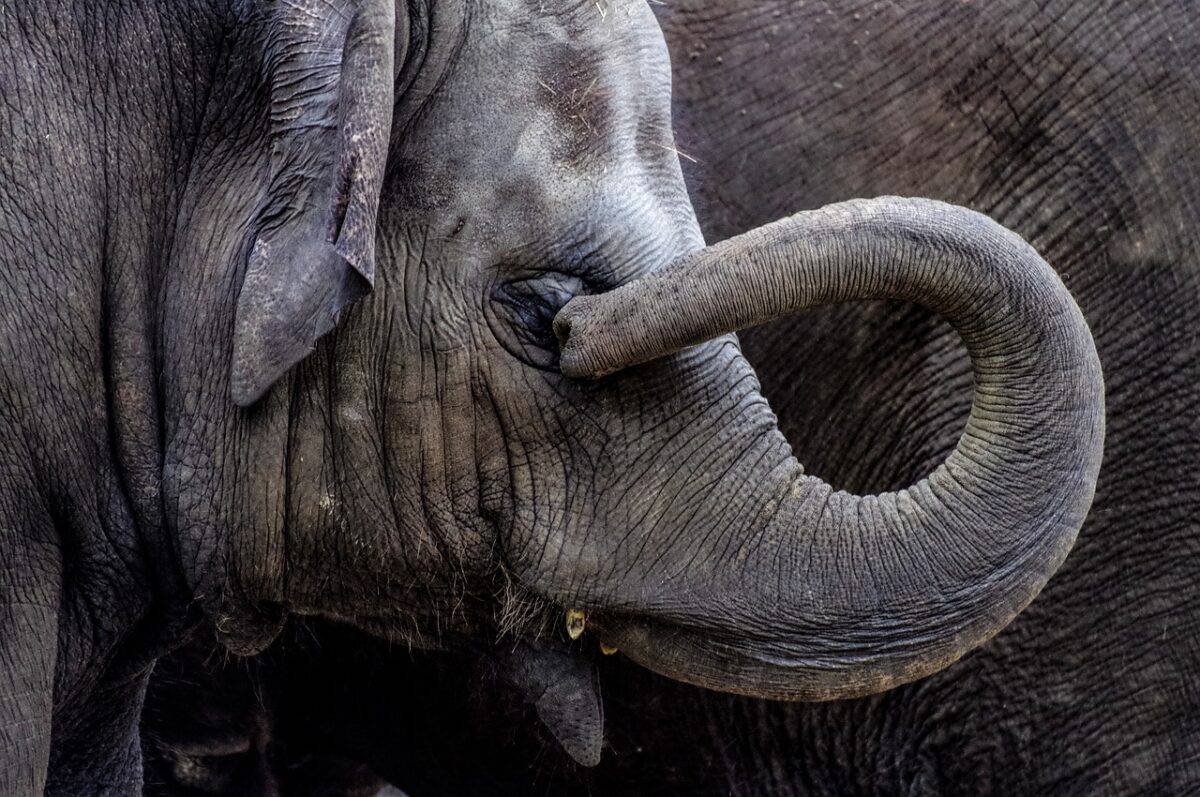A rescue operation was conducted in Laos, a southeast Asian country, to free a baby Asian elephant, barely a year old, from chains. But why was the elephant in chains?
Introduction
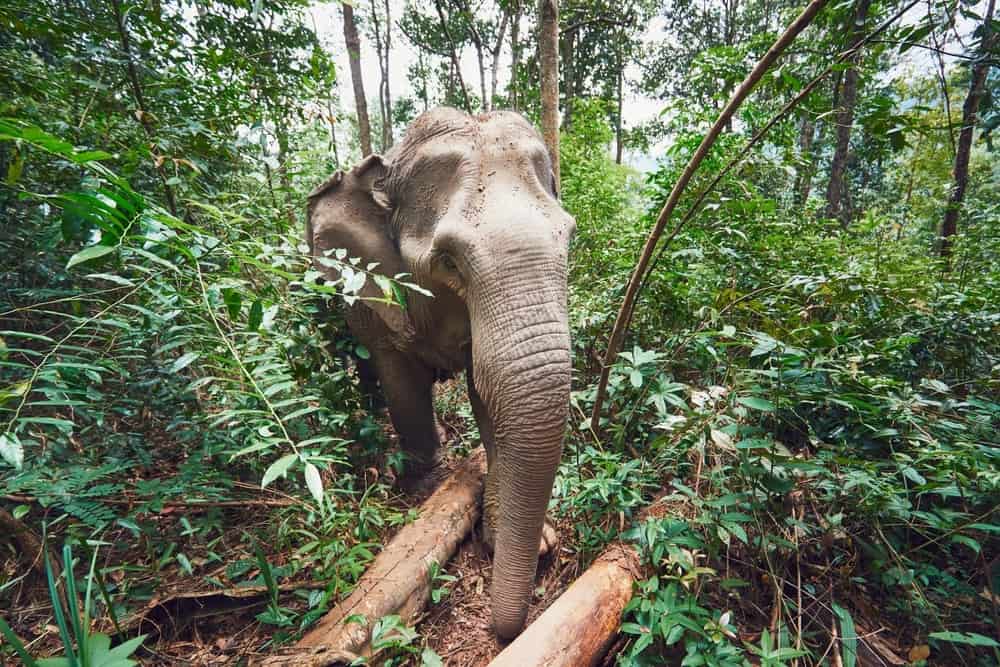
Unfortunately, thousands of Asian elephants are enslaved in the logging, entertainment, and tourism industries, made to work long days doing hard labor and whipped if non-compliant.
Read along to see the outcome of the rescue operation.
Background
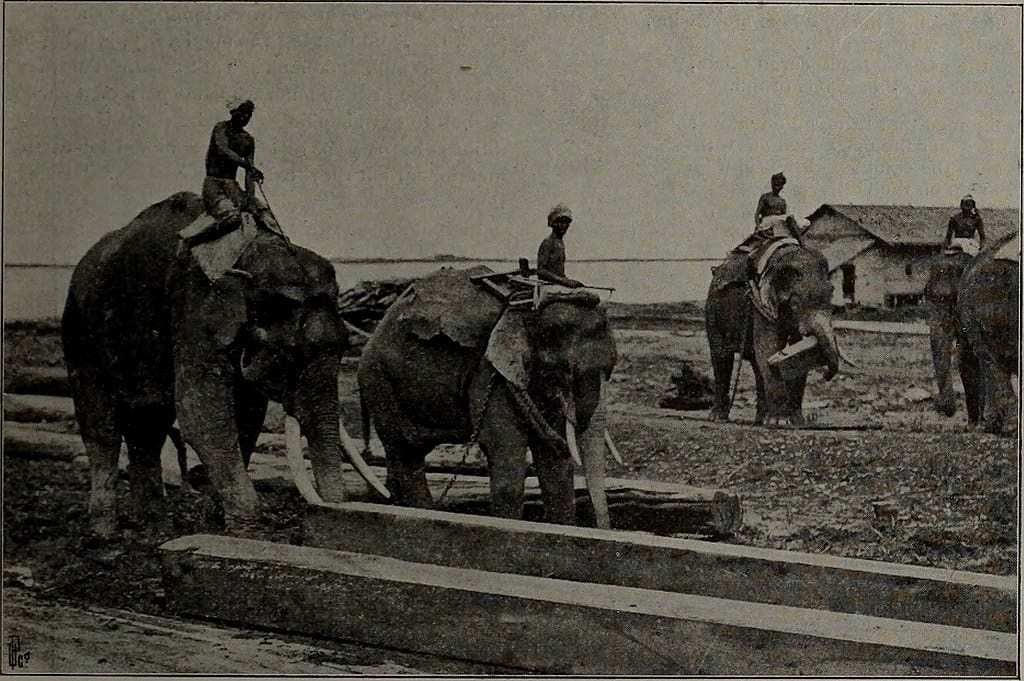
It’s not hard to see why elephants are used as laborers and entertainers – they are the largest living land animals. Asian elephants are slightly smaller than African elephants, but still weigh a colossal 6,600–13,200 lb (3,000–6,000 kg) and can carry weights of around 550–770 lb (250–350 kg) using their trunk and tusks.
Species of Elephants

There are three extant species of elephants, the African bush/savannah elephant (Loxodonta africana), African forest elephant (Loxodonta cyclotis), and Asian elephant (Elephas maximus). All three of these species are endangered, with the African forest elephants being critically endangered.
Exploited for Entertainment
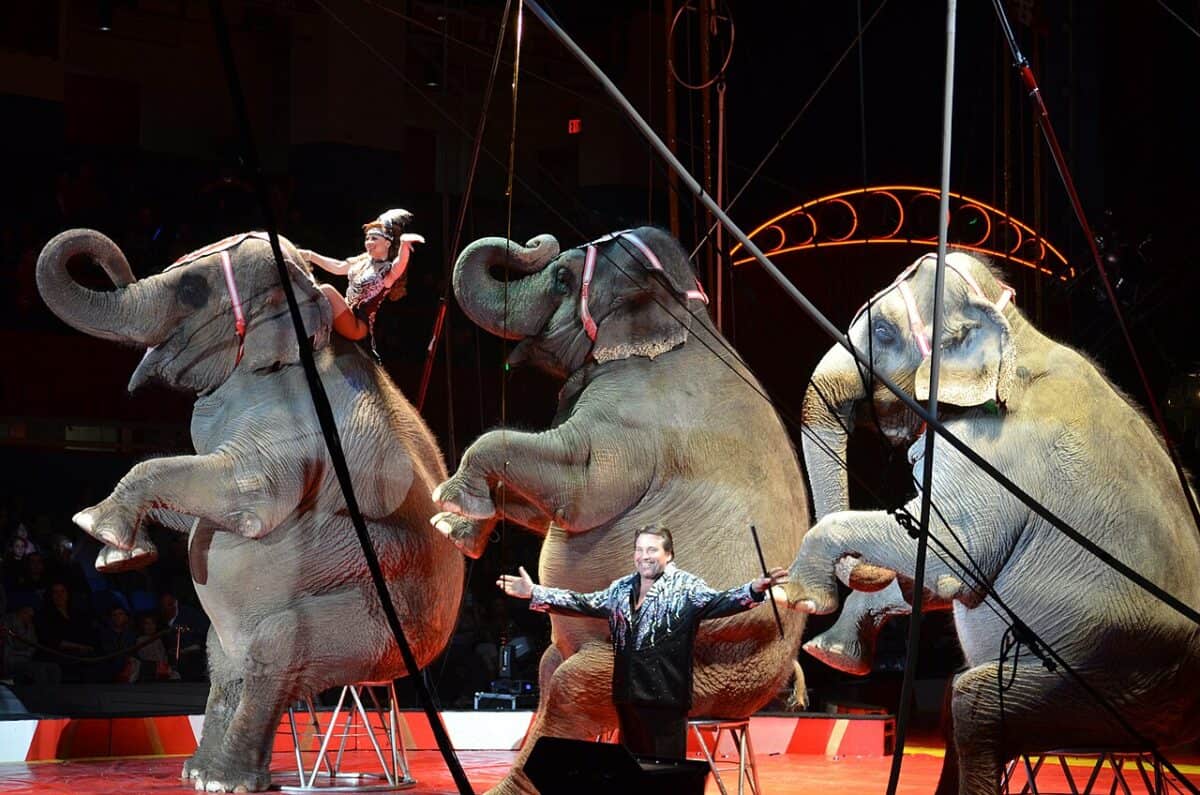
Elephants have long been spectacles in circuses, particularly because, due to their high intelligence, they can be trained to perform tricks. In fact, the earliest known use of elephants in circuses dates back to Rome in 99 BC, where elephants were made to fight one another.
Dumbo

Notably, Disney’s 1941 movie Dumbo showcases how baby elephants are separated from their mothers and subjected to a lifetime of abuse in circuses.
Tourism Industry

Beyond circuses, elephants are used in the tourism industry to give rides to tourists, participate in parades, and perform tricks in public. What tourists don’t see is that the elephants have to perform under constant threat of being whipped, beaten, and chained up. These social creatures are often locked up in isolation for hours or days on end, not given adequate nutrition, and harmed into submission.
Enslaved for Labor
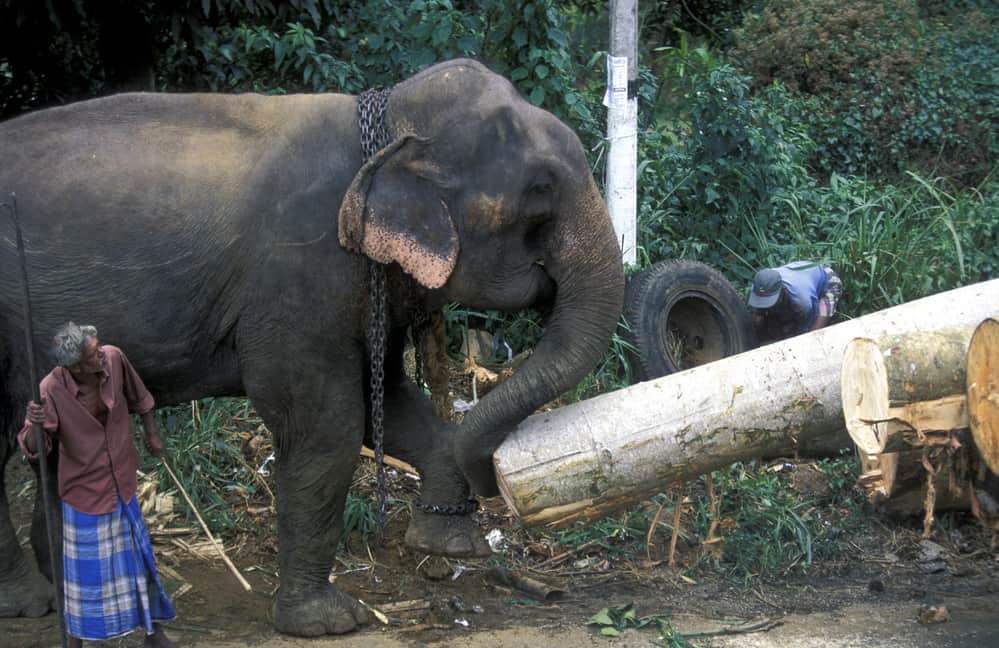
Similarly, elephants are held captive for their use as laborers. Employing elephants as work animals dates back at least 4,500 years to the Indus Valley Civilization, what is now modern-day North Africa and South Asia. Elephants were used then, as they are now, to haul logs and building materials around. These elephants are subjected to the same conditions that those in the entertainment industry are, with the added element of extreme physical labor.
Population Numbers
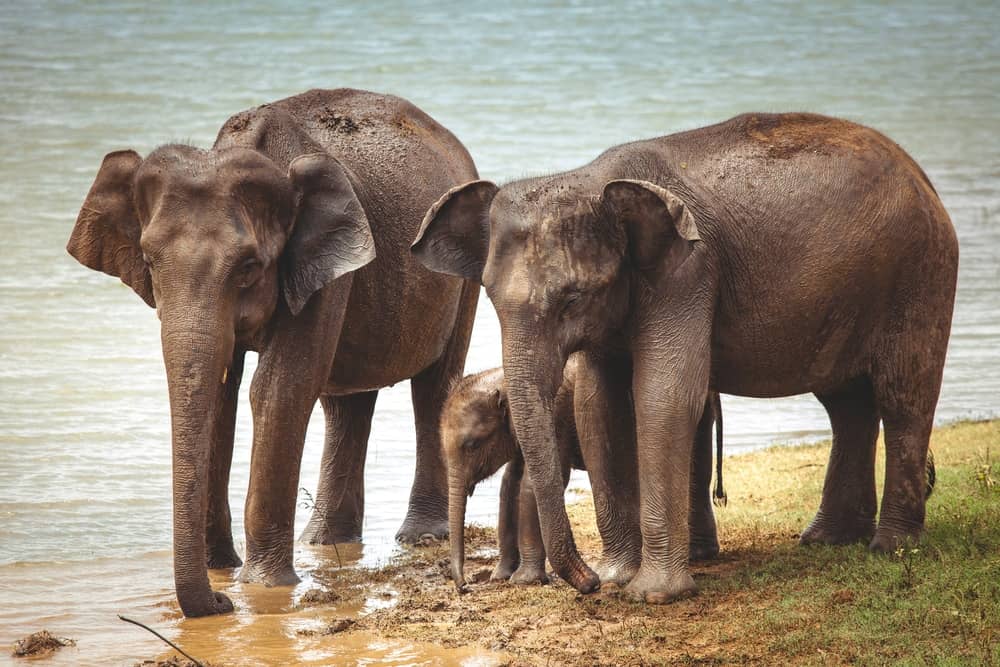
Today, there are fewer than 52,000 Asian elephants left in the wild, and an estimated 15,000 in captivity – of which most are employed in work camps or the tourism industry. But, there is a glimmer of hope for the captive elephants.
Elephant Rights Organizations
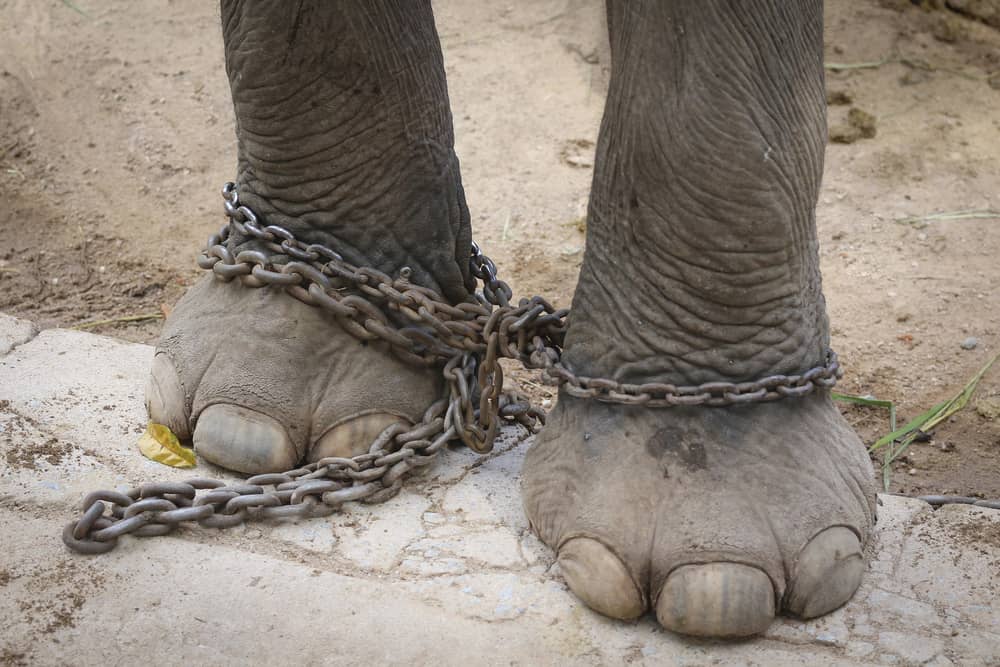
There are many organizations dedicated to fighting for animal rights, with several dedicated to fighting for elephant rights. Some of these include the International Elephant Foundation, Elephants Alive, Save Elephant Foundation, and Planting Peace.
Their Missions
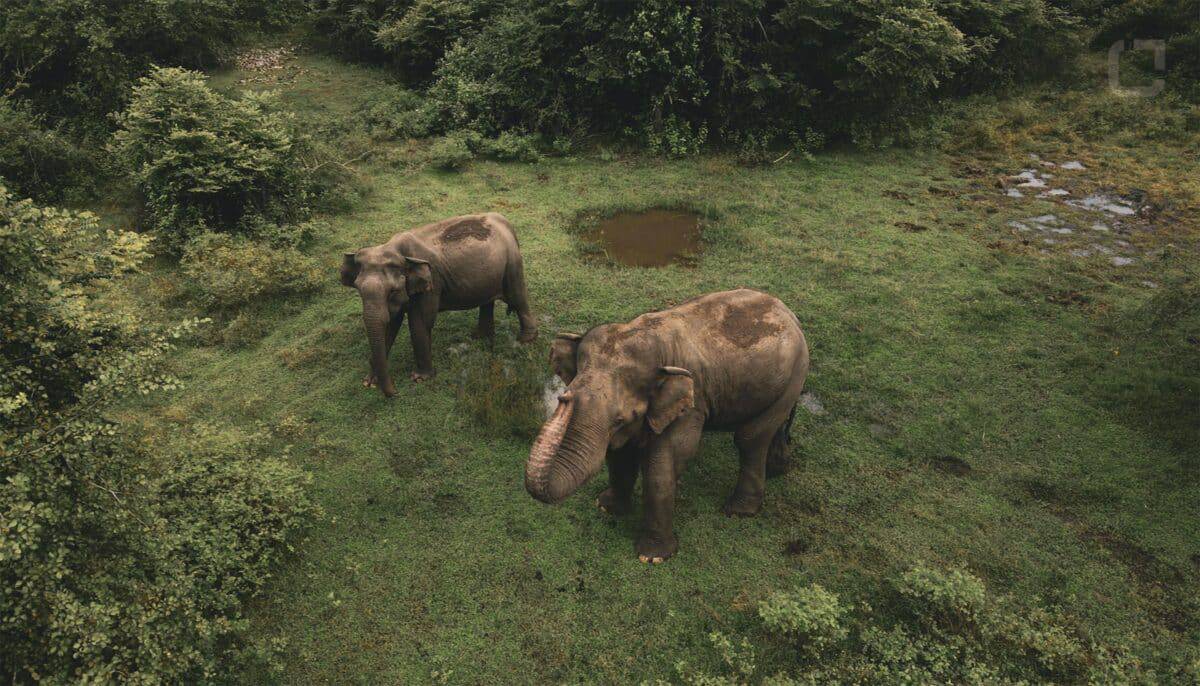
These organizations function to raise awareness about the threats facing elephants, advocate for support from governments in protecting these gentle creatures, negotiate with handlers to rescue some captive elephants, and provide safe havens for them to live peacefully.
The Rescue Operation in Laos

Planting Peace heard about a baby elephant living chained up in a camp where elephants are reared for tourist rides.
Planting Peace

The organization, founded by animal rights activist Aaron Jackson, negotiated the freedom of the baby elephant, who was subsequently named Tofu.
MandaLao

Tofu was brought to MandaLao, Planting Peace’s elephant sanctuary, where he could be fostered and, one day, returned to the wild, where he belongs.
How Can You Help?

There is a simple way you can help this cause: please don’t ever ride an elephant. You can also consider showing support for Planting Peace or any one of the incredible organizations dedicated to advocating for elephant rights.
Conclusion
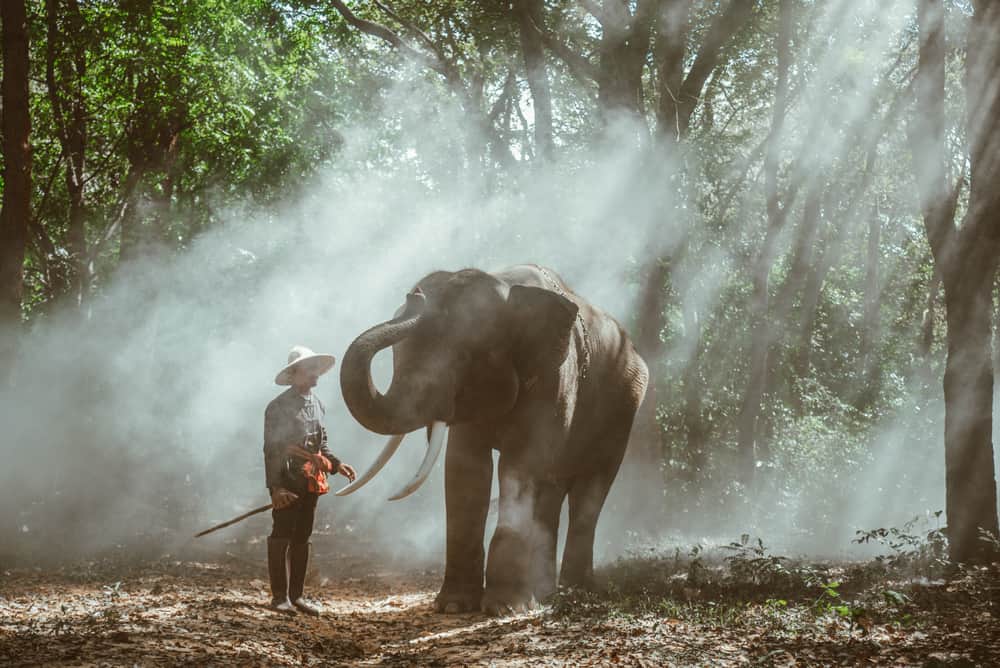
Thanks for reading! Watch the original video here!
You may also like:
- Mali, The Elephant Considered the World’s ‘Saddest,’ Passes Away
- Elephant Makes Drug Bust and Finds 6 Pounds of Opium
Join our Forum for free today!

- Baby Elephant Finally Free From Life in Chains! - June 22, 2024
- Nyala Outsmarts Lioness in Epic Move - June 20, 2024
- Big Cats Like Calvin Klein Perfume - June 12, 2024

